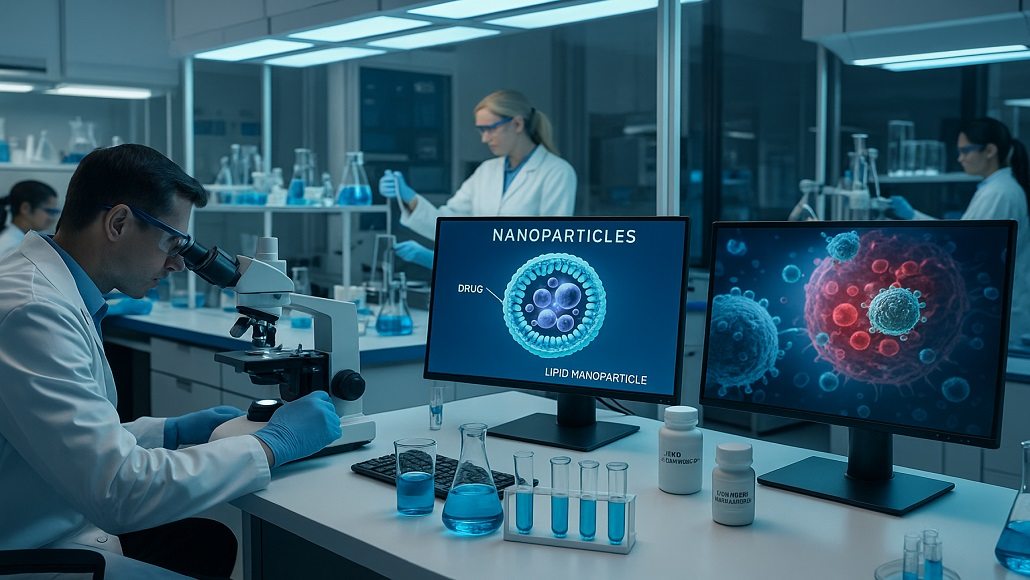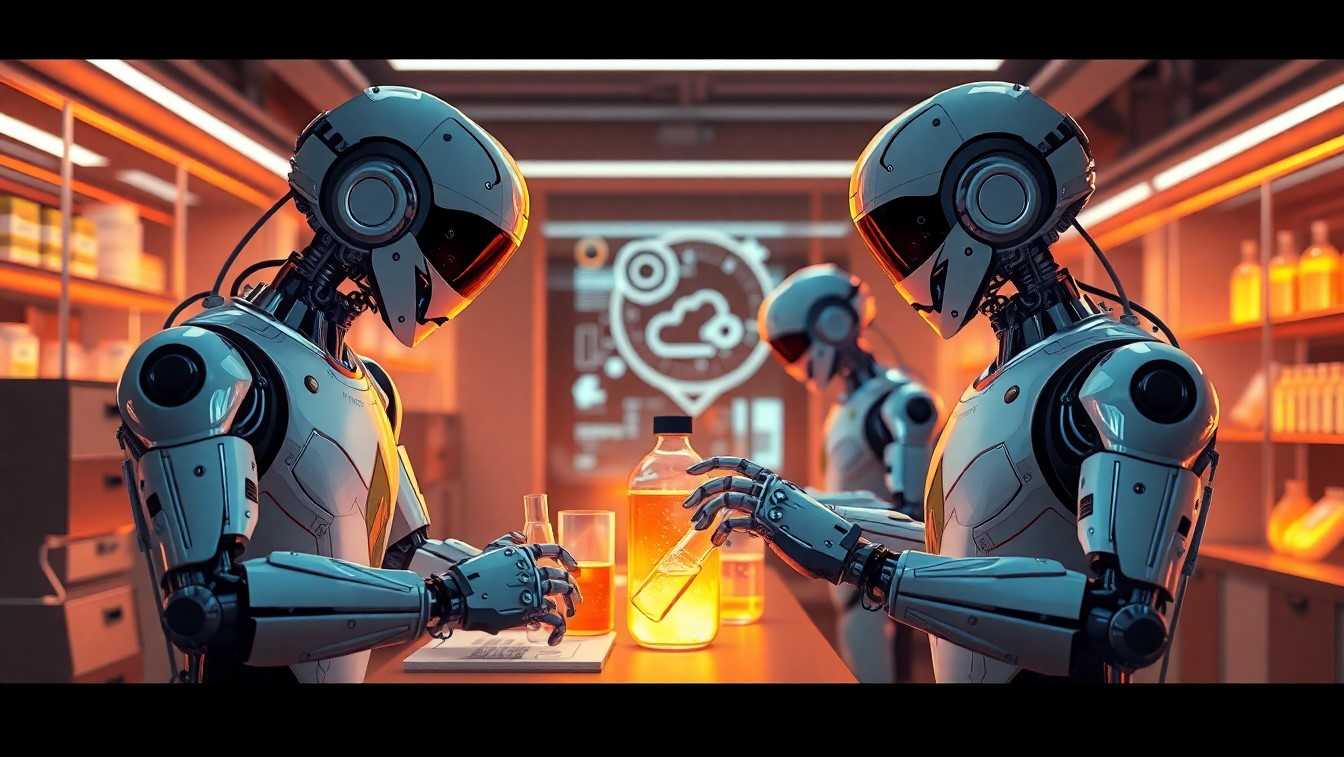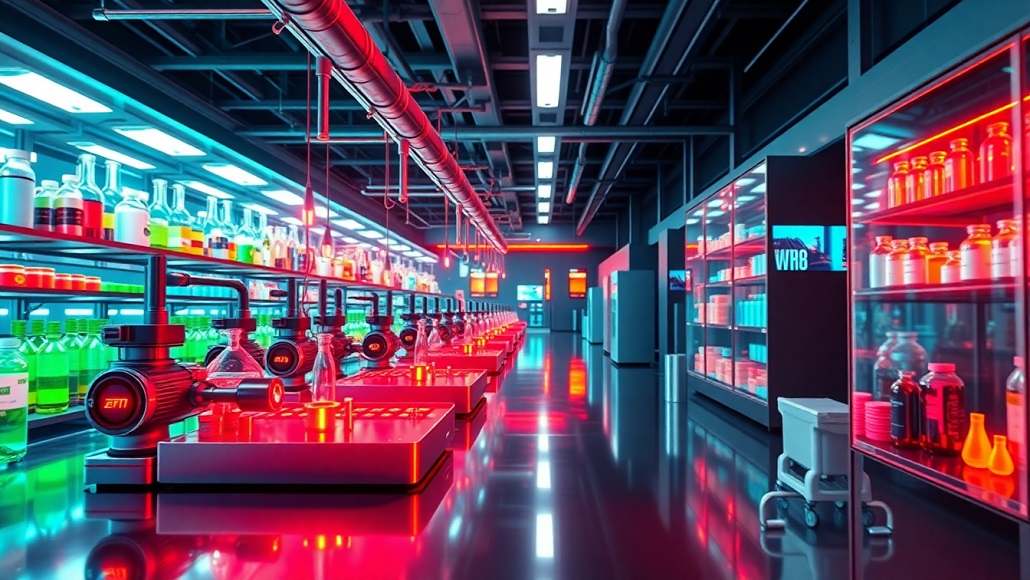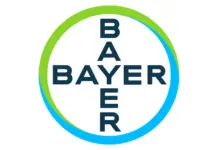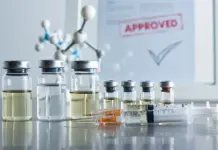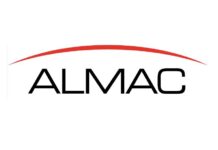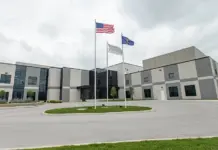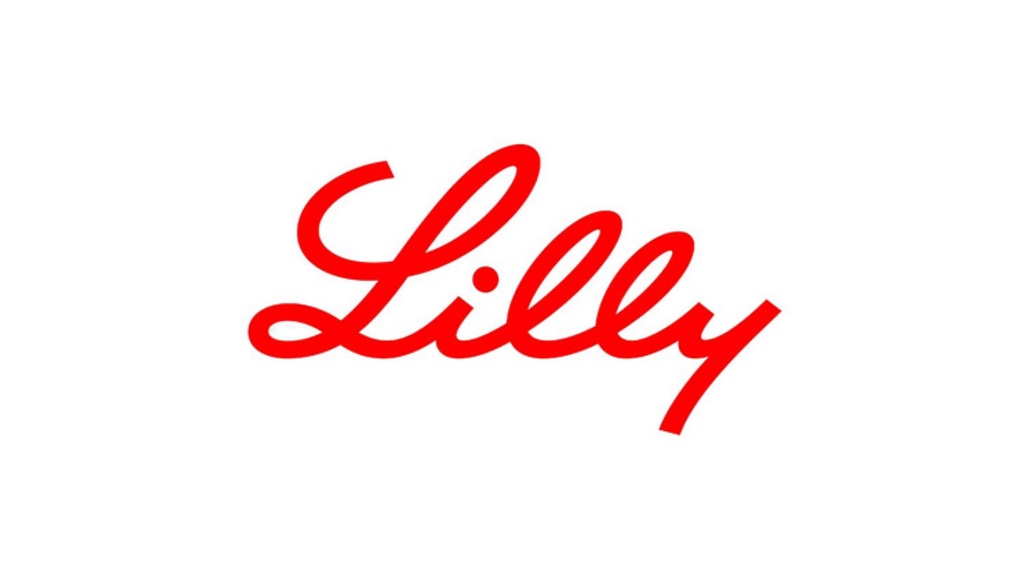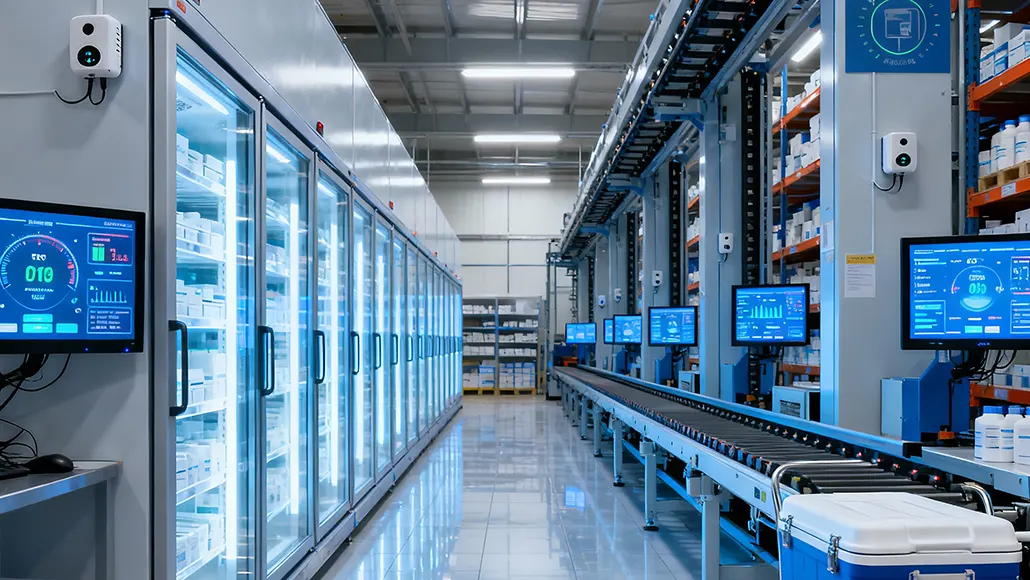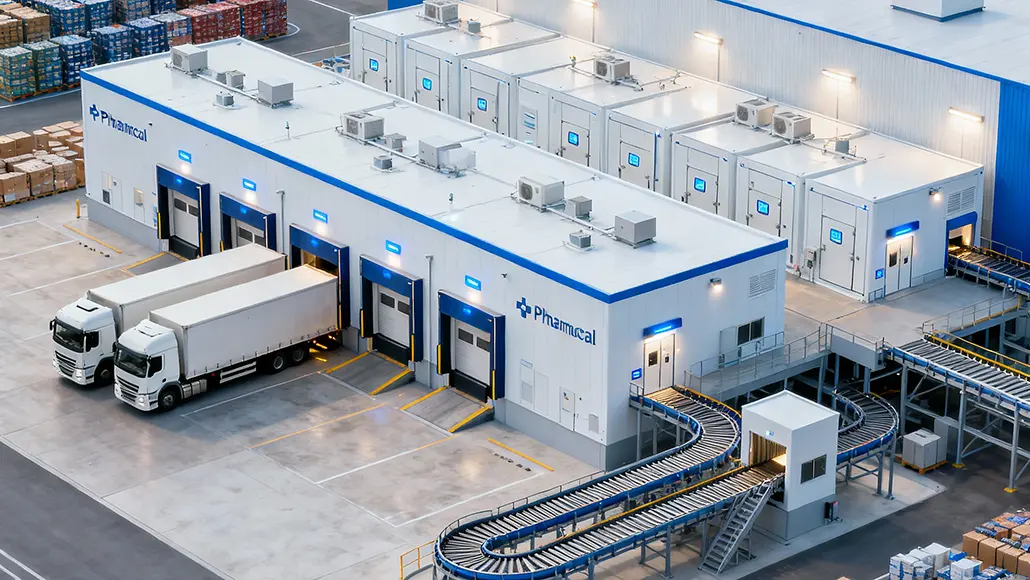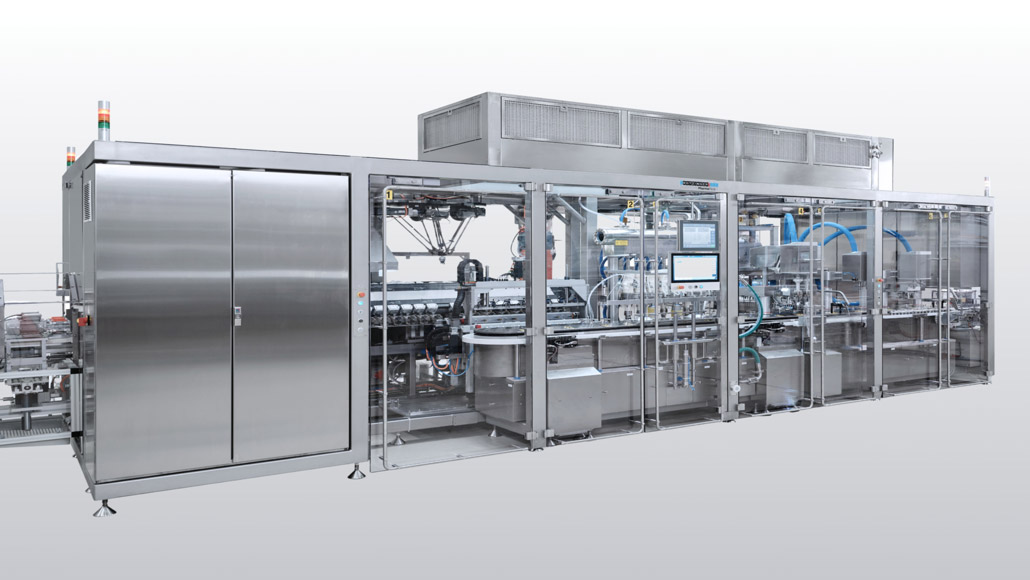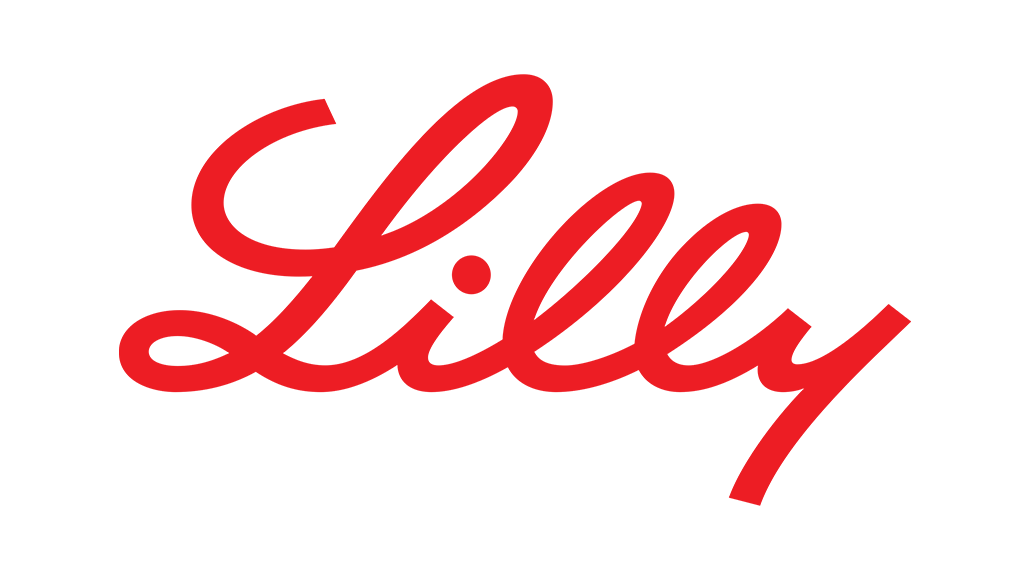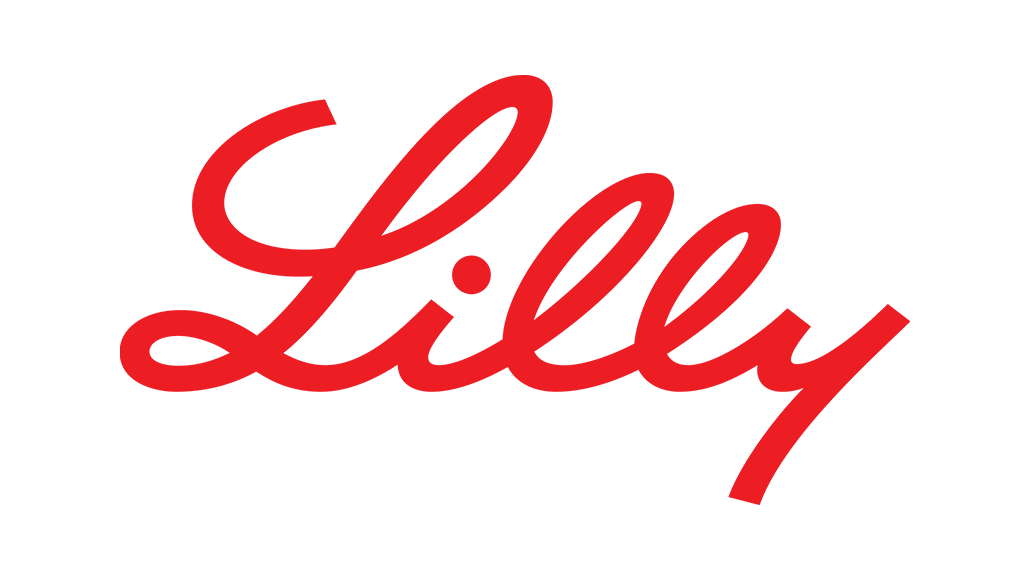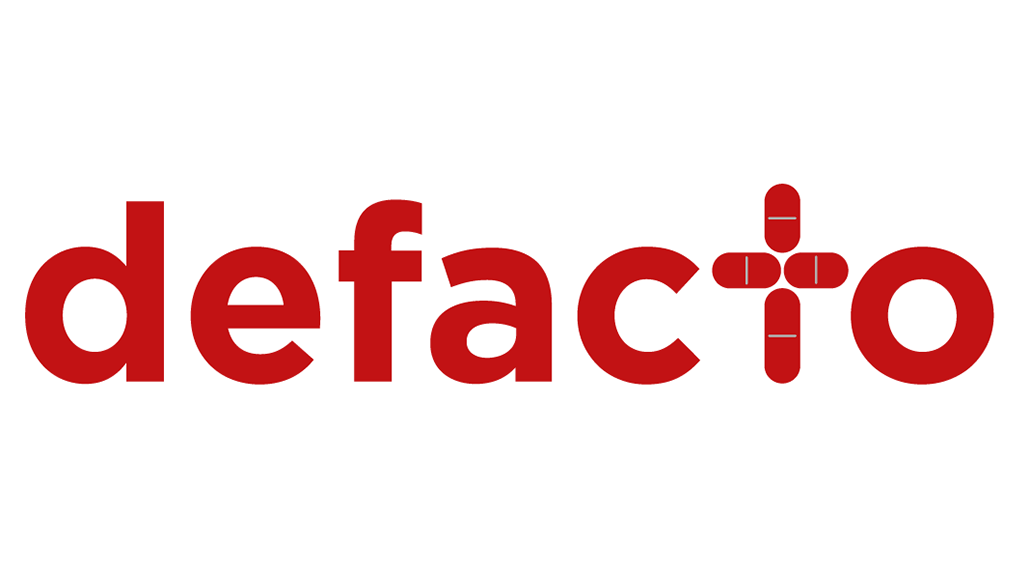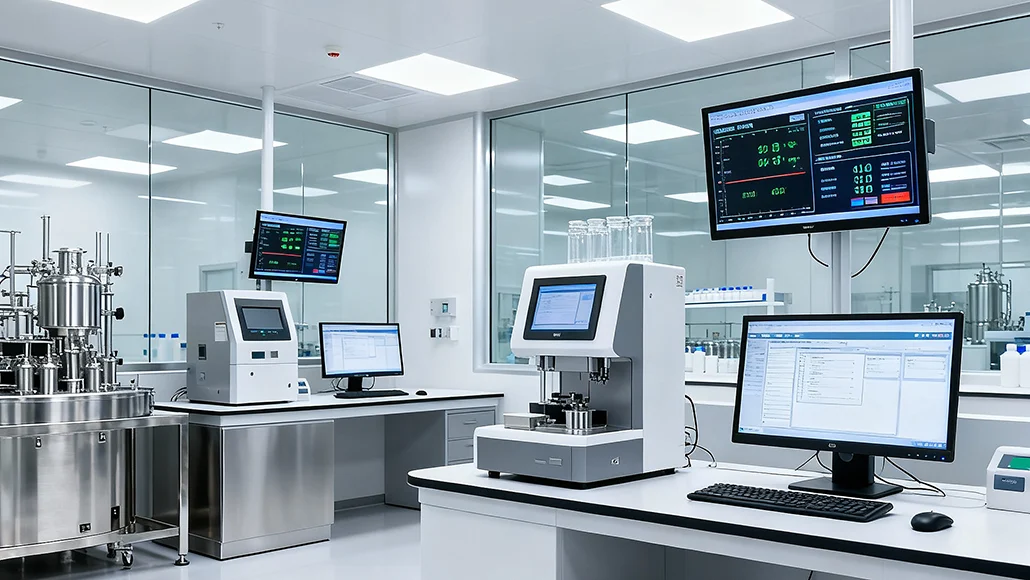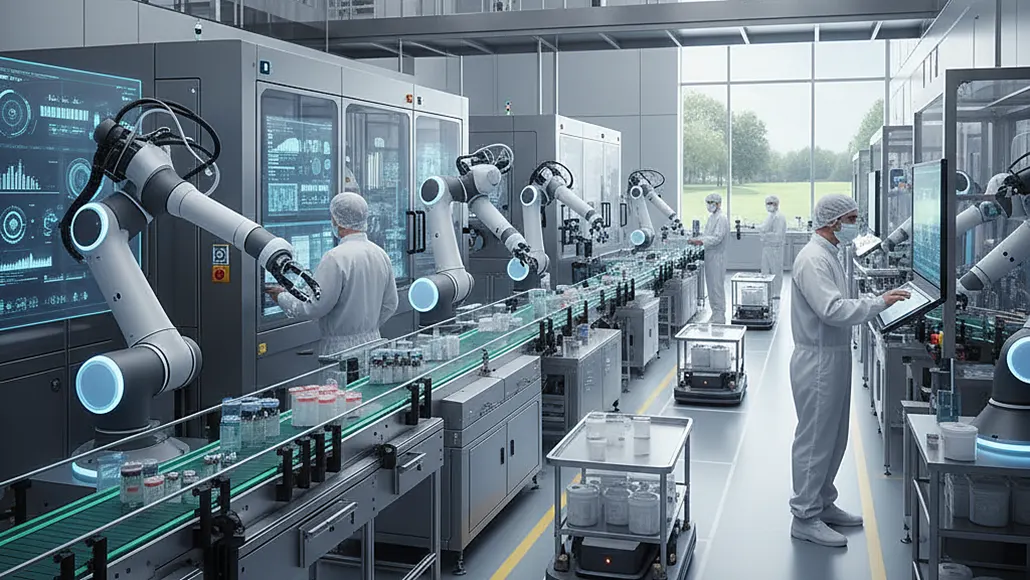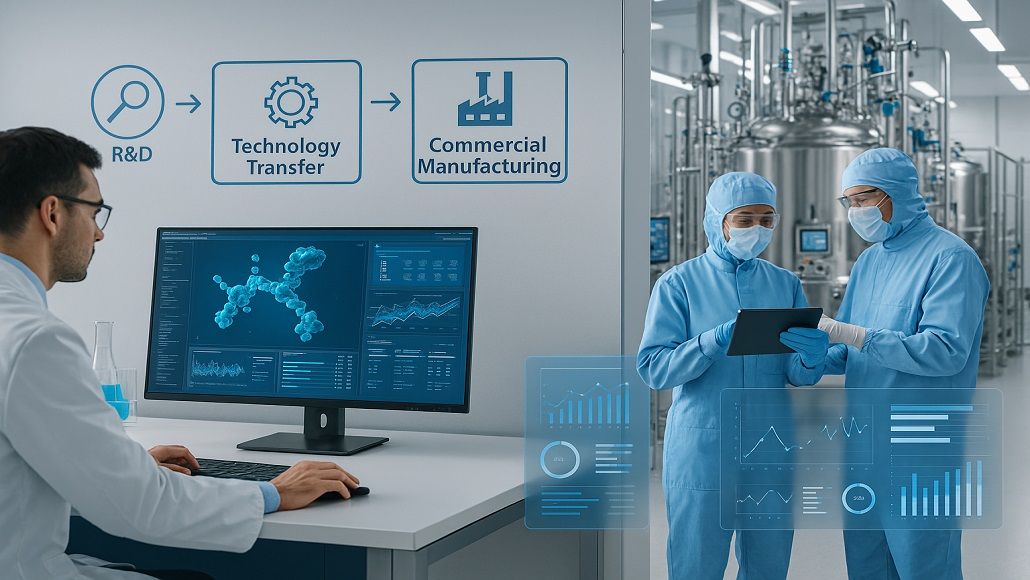It is well to be noted that the journey of a pharmaceutical product, right from initial molecule discovery to its availability in the market, is a very intricate as well as meticulously crafted and structured process. Technology transfer, which is a very important phase in the journey, makes sure that there is a seamless progression when it comes to drug development right from the research labs to commercial-scale manufacturing facilities. It actually bridges the gap between innovation and also accessibility, thereby connecting the scientific groundwork that is done during the entire drug discovery process due to the large-scale production required for the market supply.
Apparently, contract development and manufacturing organizations (CDMOs) play a very critical role in helping with this seamless technology transfer. Due to their expertise within manufacturing, regulatory compliance, as well as advanced technologies, CDMOs provide pharmaceutical companies with the necessary infrastructure as well as the know-how that’s required to navigate complexities when it comes to scaling up the production. The integration of CDMO support not just speeds up the timelines, but it also elevates the quality, cost efficiency, as well as scalability. Let us delve into the critical role of CDMOs in technology transfer and their effects on the molecule-to-market transition.
What is technology transfer in pharmaceuticals?
Technology transfer can very well be defined as the systematic process in terms of transferring the products as well as process knowledge from a development environment to a manufacturing site. This phase is very crucial in making sure that the manufacturing process is very reproducible, robust, and also scalable while at the same time meeting all the quality checks that are required for regulatory approvals and the subsequent market release.
Interestingly, role of CDMOs in technology transfer is very important as they bring functional expertise, state-of-the-art facilities, and also an in-depth knowledge as far as the manufacturing processes are concerned. Their ability to translate the laboratory-scale processes into production systems that are commercially viable goes on to address the major challenges that often arise during the scale-up.
Let us look into the three key phases of technology transfer
It is worth noting that a comprehensive understanding when it comes to the technology transfer process happens to involve three primary phases: process development as well as optimization, knowledge transfer along with validation, and commercial-scale manufacturing. CDMOs apparently play a very central role in all these three stages, thereby making sure of a seamless transition right from discovery to production.
-
Process development and optimization
The first phase happens to involve refining the drug formulation as well as manufacturing processes that are developed during the research stage. Scale-up barriers like changes in equipment size, variability of materials, and also environmental elements can affect the product quality if they are not handled in a meticulous way. CDMOs bring their skill to the stage, thereby conducting a pilot-scale run in order to identify any sort of complexities and also optimize the processes in terms of large-scale production.
Moreover, CDMOs go on to roll out advanced modeling tools, which include digital twins as well as predictive analytics, in order to simulate manufacturing processes and also predict the scale-up barriers. This proactive approach lessens the risk of errors during the various stages of production that follow.
-
Knowledge transfer along with validation
Once the processes have gotten optimized, the next phase stresses transferring this knowledge across the manufacturing sites. This goes on to include detailed documentation, production personnel training, and also validation when it comes to equipment and processes. CDMOs excel across this stage because of their extensive experience with regulatory standards such as good manufacturing practices (GMPs). They make sure that all the processes are completely validated and also compliant with the global regulatory norms like the ones that are set by EMA, FDA, and the WHO.
-
Commercial scale manufacturing
Interestingly, the final stage happens to involve full-scale manufacturing for market supply. CDMOs offer infrastructure, equipment, and also expertise which is required in terms of high-quality production at scale. Their capacity in order to manage the operational intricacies like supply chain logistics, as well as quality control, makes sure that the product reaches the market in an effective and reliable way.
Table : Key Steps in Technology Transfer
| Phase | Key Activities | CDMO Contribution |
| Process Development | Optimization of formulation, testing pilot-scale batches, and identifying scale-up challenges | Expertise in equipment scalability and predictive modeling |
| Knowledge Transfer | Documentation, personnel training, equipment, and process validation | Regulatory compliance, GMP expertise, and process standardization |
| Commercial Manufacturing | Full-scale production, supply chain management, and continuous quality assurance | Advanced facilities, automated systems, and global logistics support |
What are the advantages of collaborating with CDMOs for technology transfer?
Technology transfer happens to be a resource-intensive process that demands technical expertise, a deep understanding of the regulatory framework, and also the infrastructure. The decision to collaborate with a CDMO goes on to offer numerous significant benefits, thereby enabling the pharmaceutical companies to stress more on their own strengths within drug discovery as well as innovation.
-
Expertise when it comes to scaling the complex processes
One of the most prominent benefits of working with CDMOs happens to be their expertise when it comes to scaling up the intricate manufacturing processes. Biologics, for example, need sophisticated bioreactors, aseptic filling equipment, and ultrafiltration systems. CDMOs have this infrastructure and know-how to handle such kinds of complexities, thereby making sure that laboratory-scale processes get successfully translated into production, which is worth the commercial scale.
-
Regulatory compliance along with risk mitigation
Going through the regulatory landscape happens to be one of the most challenging elements of technology transfer. Right from GMP compliance to data integrity, as well as audit readiness, CDMOs happen to bring a wealth of regulatory experience as well as expertise to the table. Apparently, their familiarity with international regulatory needs decreases the risk of delays that are caused due to non-compliance. Besides this, CSMOs also proactively conduct risk evaluation and also execute process controls in order to make sure that the manufacturing processes meet all sorts of safety as well as quality norms.
Visualization: CDMO Contributions in Risk Mitigation
| Category | CDMO Role | Outcome |
| Compliance | Ensuring adherence to GMP standards | Reduced risk of regulatory delays |
| Quality Control | Continuous monitoring of critical parameters | Consistent product quality |
| Documentation | Comprehensive record-keeping for audits | Enhanced audit readiness |
-
Cost along with time efficiency
It is well to be noted that building in-house manufacturing facilities when it comes to commercial-scale production needs prominent capital investment. By way of collaborating with a CDMO, pharmaceutical companies can skip these costs and also gain access to state-of-the-art equipment as well as expertise. CDMOs happen to offer the advantage of faster timelines, since the facilities are pre-validated and also ready for production.
-
Flexibility in order to handle numerous products
For small as well as mid-sized pharmaceutical companies, allocation of resources in order to manufacture numerous products in-house may not be very feasible. Apparently, CDMOs offer the flexibility so as to handle multiple products during different stages of the drug development life cycle. Their modular setups as well as single-use systems help with rapid shifts between production lines by reducing the downtime and also enhancing the operational effectiveness.
What are the challenges of technology transfer, and how can CDMOs overcome them?
While the technology transfer happens to provide unmatched advantages, it also comes with certain inherent challenges. Scaling from a small-scale production to a large-scale Manufacturing can actually introduce variability when it comes to product quality, its yield, as well as the process performance. The differences within the equipment design along with operational parameters between the research laboratories as well as commercial facilities can also complicate the process of transfer. CDMOs address these barriers by way of a combination of expertise, proactive planning, as well as the advancement of tools. They roll out process and analytical technologies—PAT and also real-time tracking systems—in order to make sure that the process consistency is maintained. Digital twins are also introduced so as to simulate production scenarios and also identify any potential bottlenecks before scaling the process.
-
Digital transformation within the technology transfer
The adoption of Industry 4.0 technologies has gone on to revolutionize the technology transfer within the pharmaceutical sector. CDMOs are now making utmost use of digital tools in order to elevate their efficiency, speed, and also accuracy during the process of transfer. For instance, IoT-enabled systems offer real-time data in terms of equipment performance, while the AI-driven algorithms anticipate the potential failures, if any, and also optimize the process parameters. Machine learning models evaluate the historical data so as to enhance decision-making and also reduce the trial and error during the scale-up.
In addition to this, digital twins, as has been mentioned earlier, also play a very transformative role by helping virtual testing of manufacturing processes. This decreases the time that is needed for process validation and also minimizes the risk of errors throughout the commercial-scale production.
-
Sustainability when it comes to technology transfer
Sustainability happens to be a growing critical consideration within the pharmaceutical manufacturing setup, which is driven by global climate objectives as well as regulatory pressures. There are many CDMOs that are actively adopting the sustainable practices within their technology transfer processes, like using energy-efficient equipment, decreasing water consumption, and also reducing waste generation.
Single-use systems (SUS) have gone on to emerge as major enablers when it comes to sustainability. These systems decrease the requirement for cleaning chemicals and water along with energy, and at the same time, also minimize the cross-contamination risk. The CDMOs are also exploring renewable energy sources like solar and wind power in order to decrease their carbon footprint.
Conclusion
The seamless shift of a pharmaceutical product right from molecule to market needs to have a meticulous as well as collaborative technology transfer process. CDMOs happen to play a very critical role in helping this shift by offering the expertise, infrastructure, as well as regulatory support that are required for a successful scale-up.
By way of collaborating with CDMOs, pharmaceutical companies can actually overcome the barriers of scaling up the manufacturing processes and also accelerate the timelines and also ensure that there is compliance with global quality standards. As the digital tools and sustainable practices become very integral to technology transfer, CDMOs’ role is going to evolve by driving innovation as well as efficiency within the pharmaceutical supply chain. Right from molecule to market, the integration of CDMO support makes sure that the lifesaving therapies reach the patients in a much faster, more effective, and safer way than ever before.





